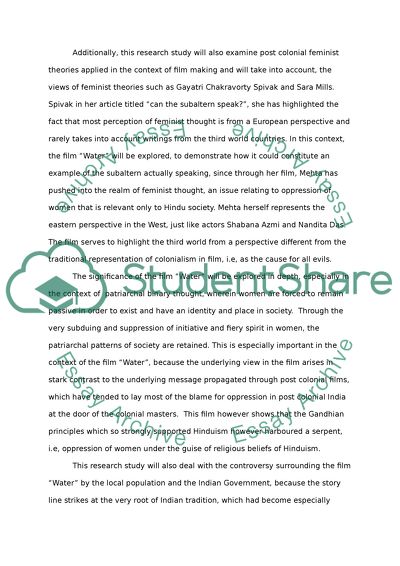Retrieved from https://studentshare.org/visual-arts-film-studies/1404946-the-film-water-as-a-characteristic-of-contemporary-films-made-for-the-love-of-cinema
https://studentshare.org/visual-arts-film-studies/1404946-the-film-water-as-a-characteristic-of-contemporary-films-made-for-the-love-of-cinema.


